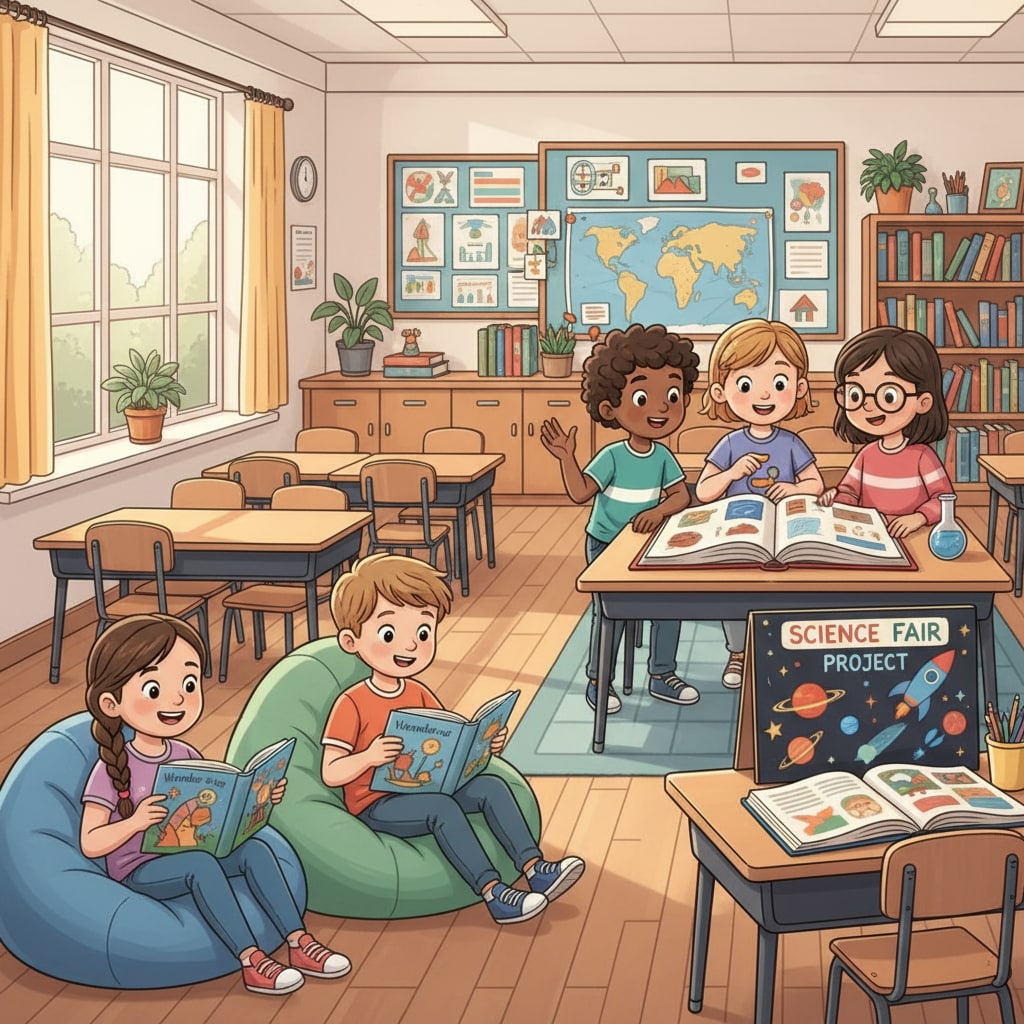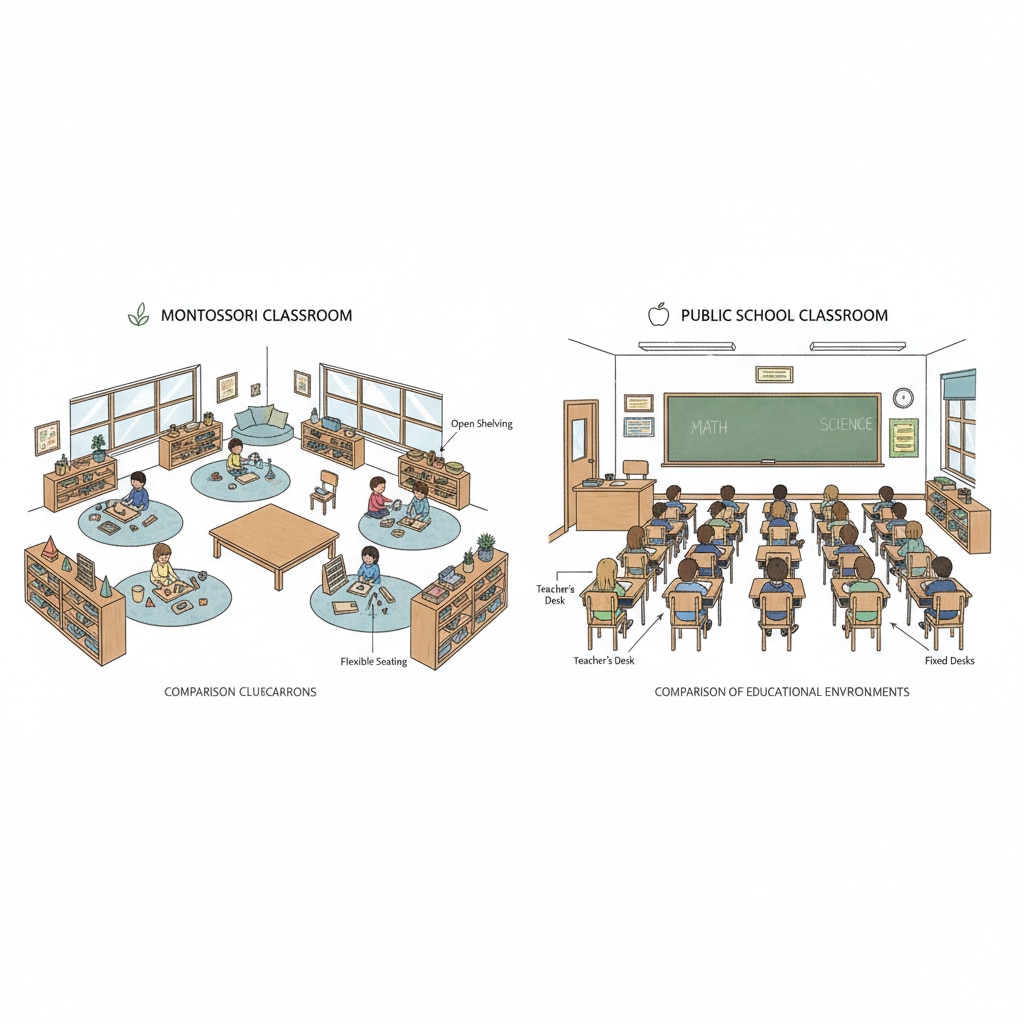High-ability young children, school transition, and special needs are crucial aspects when considering a shift from Montessori education to the public school system. This transition can be both exciting and challenging for these young learners.

As parents, understanding the potential hurdles and having appropriate strategies in place can significantly ease the process.
Understanding the Differences
Montessori education is renowned for its child-centered approach. Children have a great deal of freedom to choose their activities, work at their own pace, and explore various subjects. In contrast, public schools typically follow a more structured curriculum with set schedules and group activities. For high-ability children, this change in environment can be quite a shock. They may have been used to the individualized attention and self-directed learning in Montessori settings. For example, in Montessori, a child interested in mathematics might spend hours exploring advanced concepts, while in a public school, they may have to follow a standardized math curriculum that might not fully challenge them.

Challenges Faced by High-Ability Children with Special Needs
Children with special needs, especially those who are high-ability, may encounter unique difficulties during this transition. They might struggle with the increased social demands in a public school environment. Social interactions in Montessori are often more organic and small-scale, while public schools have larger class sizes and more structured social activities. Additionally, the change in teaching methods could affect their learning. Some high-ability children with special needs rely on specific teaching strategies that were available in Montessori but may not be as readily accessible in public schools. According to Understood.org, these children may need extra support to adapt to the new academic and social norms.
Another aspect is the potential for sensory overload. Public schools can be noisy and bustling with activity, which can be overwhelming for children with sensory sensitivities. In Montessori, the environment is often more controlled and calming, designed to support focused learning.
Strategies for a Smooth Transition
One of the first steps is to communicate openly with the public school. Inform the teachers and administrators about the child’s abilities, special needs, and the Montessori background. This way, they can make necessary accommodations. For example, if the child is used to a more hands-on learning style, the school might be able to incorporate more practical activities into the curriculum. Education.com provides useful resources on advocating for children’s needs in different educational settings.
Prepare the child emotionally. Talk to them about the changes they can expect, such as new classmates, different rules, and a more structured day. Visit the school before the start of the term so they can familiarize themselves with the environment. This can reduce anxiety and make the transition more comfortable.
At home, continue to support their learning in ways that complement the public school curriculum. Encourage independent exploration of their interests, just as they did in Montessori. This can help them maintain their love for learning and feel more in control of their education.
Readability guidance: By using short paragraphs and lists, we’ve made the information easy to digest. We’ve also included external links to reliable sources to provide further knowledge. The transition from Montessori to public school for high-ability young children with special needs can be navigated successfully with the right strategies.


